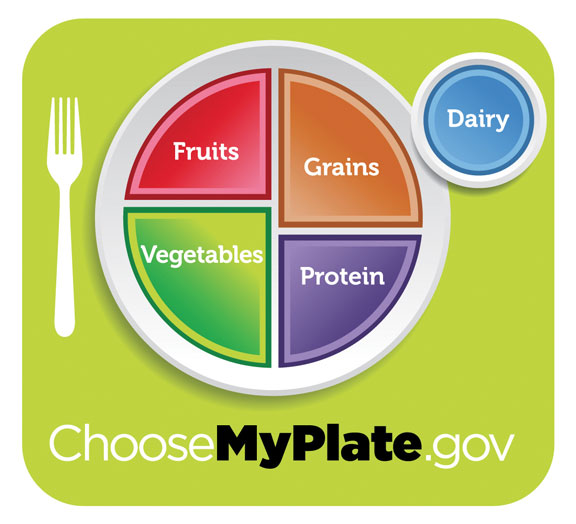Vitamin D is making news headlines as an underappreciated, readily available vitamin with big health boosting potential.
Internationally recognized as the leading authority on Vitamin D, Dr. Michael Holick has spent the last 30 years researching vitamin D and its role in bone, immune and nervous system function. He has written over 300 research papers published in medical journals including the New England Journal of Medicine, The Lancet and Science. According to Dr. Holick, low blood level of vitamin D is the most common nutritional deficiency, affecting at least one billion people worldwide.[sup]1[/sup]
Dr. Holick’s research has shown that every tissue and cell in your body has a vitamin D receptor. It is his contention that vitamin D helps control cell growth. It does this by ‘apoptosis’ a process whereby adequate levels of vitamin D signal abnormal cells to die, thus preventing malignant cells from forming.
The clear and undisputed relationship between sun exposure, Vitamin D production and bone health has been known for a long time. It also appears that sufficient Vitamin D levels not only help prevent bone diseases but also play a significant role in organ and cell health. Scientists have recently begun studying why people living in sunny climates have a lower incidence of organ and cell-related conditions such as heart disease, type 1 and 2 diabetes, and cancers of the breast, colon, ovaries, and prostate.
In 2009 a study from Harvard and the University of Colorado revealed that 70 percent of whites, 90 percent of Hispanics and 97 percent of blacks in the United States have insufficient blood levels of vitamin D. According to Dr. Holick, Vitamin D is actually a hormone. He is also convinced that vitamin D is the one single ingredient that could help with the prevention of heart disease, stroke, type 1 and 2 diabetes, dementia, depression, insomnia, muscle weakness, joint pain, osteoarthritis, osteoporosis, psoriasis, multiple sclerosis, depression, autoimmune disease and hypertension.
Dr. Holick endorses what he calls ‘sensible sun exposure without sunblock.’ However, the majority of dermatologists see the relationship between melanoma and sun as strong enough to dispute the idea that any amount of sun is safe. According to Ronald L. Moy, M.D. president of the American Academy of Dermatology, ‘to reduce the risk of skin cancer and premature aging, dermatologists continue to recommend generously applying a broad-spectrum sunscreen.’ 2
I recommend that you consult your health care provider or dermatologist for their opinion regarding safe sun exposure. Each person is unique and tolerance levels to UV light may vary from person to person. As research continues to determine the best methods to obtain adequate amounts of vitamin D, few in the scientific community would deny the importance of vitamin D for bone, immune and nervous system function.
Vitamin D supplementation: How much do you need?
Vitamin D taken orally may not provide as much benefit as the vitamin D derived from sunlight. Vitamin D from the sun stays in your body longer and thereby provides for longer-lasting benefits. That being said, Dr. Holick recommends everyone take at least 1000 IU a day (children included).
A simple blood test ordered by your doctor or health care provider will determine your current level of vitamin D. The beneficial form of vitamin D is called 25 (OH) vitamin D. Normal ranges of the blood test for 25 (OH) vitamin D is 30-100 ng/ml. Insufficiency is a number in the 21-29 ng/ml range. Marked deficiency is any number under 20 ng/ml. Many experts consider optimal levels of vitamin D to be in the 60-70 ng/ml range.
If your provider tests you and determines you are severely deficient, it is Holick’s opinion and mine as well, that you can safely take 5000-6000 IU a day for two to three months. For very low levels of vitamin D, Dr.Holick recommends 50,000 IU of vitamin D2 once a week for 8 weeks followed by 50,000 IU once every two weeks which is the equivalent of 3000 IU a day. This should be done under your doctor’s or health care provider’s supervision.
For more information on what Dr. Holick considers to be safe levels of sun exposure, I recommend obtaining a copy of his book, The Vitamin D Solution.
Remember, proactive health care is the key to vitality, wellness and longevity.
Dr. John Dixon can be reached at the Natural Medicine Group 760.776.0022
Reference: 1) Holick,Michael, The Vitamin D Solution (2010) 2) American Academy of Dermatology, sunscreens remain safe, effective form of sun protection, May 2011

















































Comments (0)